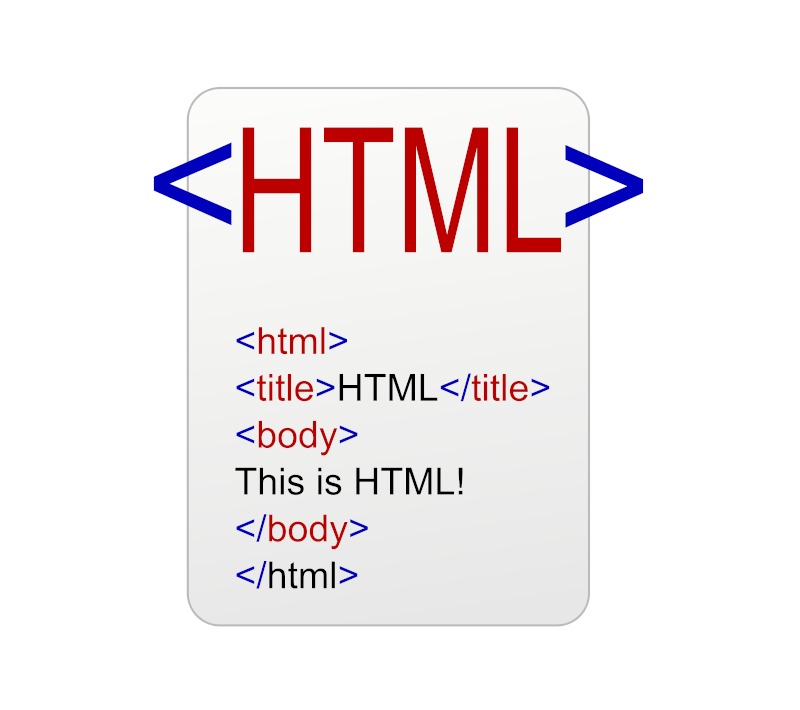
Perhaps many people will think that the current HTML parser is enough, and even simple regular expressions can already meet the needs of manipulating HTML documents. Yes, for the vast majority of HTML documents on the Internet, in fact, most of them meet the XHTML specifications, and their parsing does not require a powerful parser. But a powerful parser is one thing, and a perfect parser is another. Jumony Core first provides a nearly perfect HTML parsing engine, and its parsing results are infinitely close to those of the browser. Whether it is elements without end tags, elements with optional end tags, tag attributes, or CSS selectors and styles, all legal and illegal HTML documents will be parsed by the browser, and Jumony will parse them into whatever they are. Sample. In other words, the results of Jumony parsing are the same as the results of browser parsing, so you no longer have to worry about whether the HTML document can be recognized. If the browser can read it, Jumony can understand it. There is only one step between perfection and power, but a perfect parser allows you to never have to care about the HTML source document. The following are the features supported by the Jumony parser
1. Detailed explanation of a perfect HTML parsing engine (Jumony)

Introduction: Jumony Core first provides a nearly perfect HTML parsing engine, and its parsing results are infinitely close to those of the browser. Whether it is elements without end tags, elements with optional end tags, tag attributes, or CSS selectors and styles, all legal and illegal HTML documents will be parsed by the browser, and Jumony will parse them into whatever they are. Sample. In other words, the results of Jumony parsing are the same as the results of browser parsing, so you no longer have to worry about whether the HTML document can be recognized. If the browser can read it, Jumony can understand it.

## Introduction: ASPX file is Microsoft's dynamic web page file that runs on the server. After parsing and executing through IIS, you can get the dynamic page. It is a new network programming method introduced by Microsoft, not a simple upgrade of ASP, because of its programming method It is very different from ASP. It is a program code compiled and executed by the server on the server side. ASP uses a script language. Every time a request is made, the server calls the script parsing engine to parse and execute the program code, while ASP.NET It can be written in multiple languages, and is fully compiled and executed. It is faster than ASP. Moreover, it is not just a matter of speed, but also has many advantages. .asp is the file suffix of asp, .aspx is the file suffix of asp.Net
3. dedecms template dedecms template production and usage method
Introduction: dedecms template: dedecms template dedecms template production and usage: Analysis engine overview template design specification code reference mark reference: arclist (artlist, likeart, hotart, imglist, imginfolist, coolart, specart) field channel mytag vote friendlink mynews loop channelartlist page list pagelist pagebreak fieldlist 1.
4. power by dedecms dedecms Global tag graphic tutorial used in making templates

Introduction: power by dedecms:power by dedecms dedecms Graphic tutorial on global markers used in making templates: If this official template The explanation is too abstract, you can refer to: Analysis engine overview template design specification code reference tag reference: arclist(artlist,likeart,hotart,imglist,imginfolist,coolart,specart) field channel mytag vote friendlink mynews loop channelartlist page lis
5. How to use dedecms template making_PHP tutorial
Introduction: How to use dedecms template making. Parsing engine overview template design specification code reference mark reference: arclist(artlist,likeart,hotart,imglist,imginfolist,coolart,specart)fieldchannelmytagvotefriendlinkmynewsloopchanne
6. __construct(in PHP ), __destory(), __get(), __set(), __call(),_PHP Tutorial
Introduction: __construct(), __destory(), __get(), __set(), __call(), in PHP. (1) __construct() is PHP's built-in constructor, which is automatically called by the PHP parsing engine. When an object is instantiated, this method of the object is first called. Example: c
[Related Q&A recommendations]:
The above is the detailed content of Recommended articles about parsing engines. For more information, please follow other related articles on the PHP Chinese website!




